Aline Debrassi, Angela Ribbera, Willem M. de Vos, Tom Wennekes, and Han Zuilhof.
Abstract
Porous aluminum oxide (PAO), a nanostructured support for, among others, culturing microorganisms, was chemically modified in order to attach biomolecules that can selectively interact with target bacteria. We present the first comprehensive study of monolayer-modified PAO using conditions that are relevant to microbial growth with a range of functional groups (carboxylic acid, α-hydroxycarboxylic acid, alkyne, alkene, phosphonic acid, and silane). Their stability was initially assessed in phosphate-buffered saline (pH 7.0) at room temperature. The most stable combination (PAO with phosphonic acids) was further studied over a range of physiological pHs (4–8) and temperatures (up to 80 °C). Varying the pH had no significant effect on the stability, but it gradually decreased with increasing temperature. The stability of phosphonic acid-modified PAO surfaces was shown to depend strongly on the other terminal group of the monolayer structure: in general, hydrophilic monolayers were less stable than hydrophobic monolayers. Finally, an alkyne-terminated PAO surface was reacted with an azide-linked mannose derivative. The resulting mannose-presenting PAO surface showed the clearly increased adherence of a mannose-binding bacterium, Lactobacillus plantarum, and also allowed for bacterial outgrowth.
https://pubs.acs.org/doi/abs/10.1021/la403525z
Related Compounds
